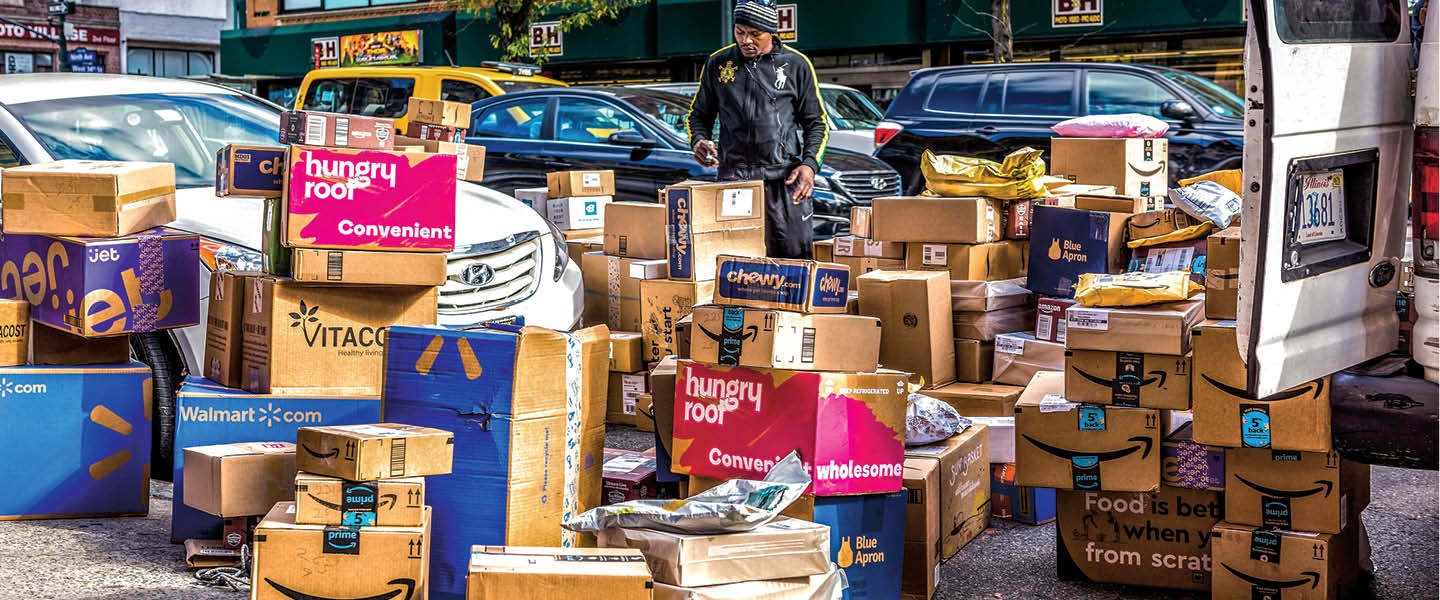Some revolutions begin loudly and bloodily. Others start quietly and politely. When Jeff Bezos quit his job at a Wall Street hedge fund to start selling books online from his Bellevue, Washington, garage in 1994, no one other than perhaps Bezos himself could envision that he would change the world.
The internet was still in its infancy, and only about 2 percent of Americans were online. Shopping usually meant walking or driving to a store or the local mall. But Bezos had a different idea: What if you had a huge warehouse full of stuff and sold it to tons of people across the country without opening a physical store anywhere? He called his company Amazon, after the massive South American river—the only hint of the scale of what he had in mind.
Thirty years later—Amazon.com recently celebrated an anniversary—his company has transformed the way Americans and people around the globe buy things.
“Amazon has radically changed the shopping experience,” says Barbara Kahn, a professor at the Wharton School of Business in Philadelphia. “They are responsible for the total acceptance these days of online shopping.”
Some revolutions begin loudly and bloodily. Others start quietly and politely. In 1994, Jeff Bezos quit his job at a Wall Street hedge fund to start selling books online from his Bellevue, Washington, garage. No one other than perhaps Bezos himself could envision that he would change the world.
In 1994 the internet was still in its infancy. Only about 2 percent of Americans were online. Shopping usually meant walking or driving to a store or the local mall. But Bezos had a different idea. What if you had a huge warehouse full of stuff and sold it to lots of people across the country? What if you did it without opening a physical store anywhere? He called his company Amazon, after the massive South American river. The name was the only hint of the scale of what he had in mind.
Thirty years later, his company has transformed the way Americans and people around the globe buy things.
“Amazon has radically changed the shopping experience,” says Barbara Kahn, a professor at the Wharton School of Business in Philadelphia. “They are responsible for the total acceptance these days of online shopping.”

